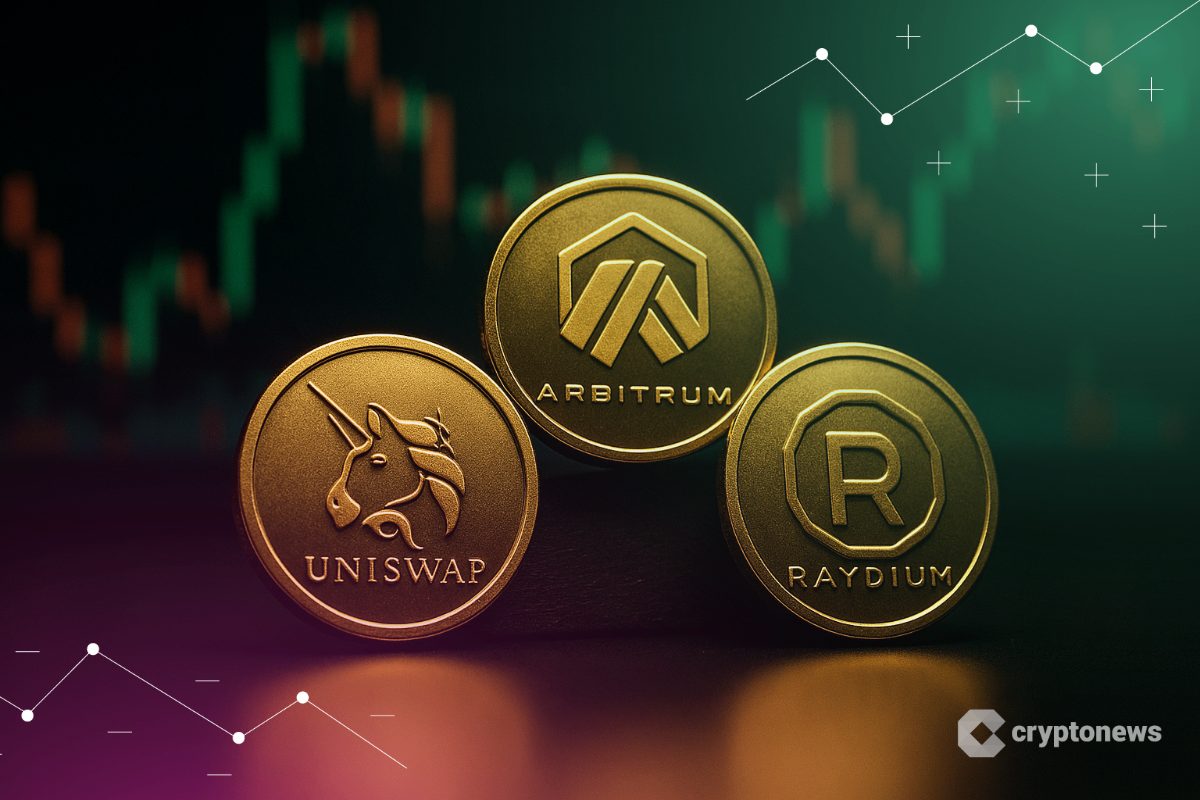Coinbase bets on stablecoins and AI to transform global e-commerce
Coinbase is betting that stablecoins will power a new kind of economy, one where AI agents manage money, transact autonomously, and replace traditional credit and debit rails in the background. As these tools become more embedded in online commerce, consumers — and bots — may end up using them without even noticing, the exchange’s VP told crypto.news.
- Coinbase VP Shan Aggarwal believes stablecoins will power a new economy where AI agents manage money autonomously, calling them “the native payment rails for AI agents.”
- The exchange is actively building tools like x402 and AgentKit to let AI agents send and receive stablecoins, aiming to become the default platform for agentic finance, Aggarwal told crypto.news.
- As stablecoins are on their way to replace credit and debit rails, the Coinbase VP predicts they’ll be so embedded in commerce that users won’t even notice them.
Stablecoins are quietly positioning themselves at the center of a new financial era, one where both humans and machines move money with internet-native speed and autonomy.
At Coinbase, vice president Shan Aggarwal believes these tokens are more than just another crypto innovation. In a recent post on X, he laid out why stablecoins may be the foundation for a global digital economy, and why their potential remains dramatically underestimated.
“Crypto has four mass-market use cases today: store of value, trading, staking, and stablecoins,” Aggarwal wrote. “Store of value and trading have been around for over a decade. Staking went mainstream about five years ago. And we are only now seeing stablecoins take off.”
As he noted, stablecoins are the “future of global payments” as they are starting to “eat legacy credit, debit, and banking networks. Eventually stablecoins will become so embedded in commerce that consumers will transact in them without realizing it.”
A big part of that shift, Aggarwal argued, is driven by the pairing of stablecoins with self-custodial wallets, which he described as “internet-native bank accounts that are open to everyone everywhere.” These wallets, combined with stablecoin rails, could help unlock digital commerce for billions.
“We’ve also seen data that shows stablecoin payments attract new customers to merchants,” he noted, adding that this helps people who were “previously sidelined” participate in global economic activity.
Money that works like machines do
Aggarwal is also thinking beyond people toward bots. In an interview with crypto.news, he outlined how Coinbase is building infrastructure for artificial intelligence-native apps and agents that can autonomously manage money.
“We believe that stablecoins are the native payment rails for AI agents,” Aggarwal said, adding that “every AI agent should have a wallet and be able to hold, send, and receive stablecoins like USDC, which is why we’re building the financial infrastructure for AI-native apps and agents.”
“Stablecoins are becoming the go-to currency for agentic commerce,” he said, noting that “AI agents need money that works like they do: programmable, 24/7, and built for the internet.” With these tools in place, Coinbase envisions a “new kind of economy where bots and agents can transact, move funds, and make decisions on their own,” he explained.
What’s next: building the rails for the machine economy
Aggarwal says Coinbase is “actively exploring the intersection of crypto and AI,” including integrating AI across its own ecosystem. The company sees “massive potential to unlock new use cases and simplify how people (and agents) interact with the onchain world.” Some of those initiatives include:
- Making Coinbase the go-to platform for AI developers building systems that need to move money, whether human-to-agent or agent-to-agent.
- Offering a development platform via the Coinbase Developer Platform.
- Backing the next wave of crypto x AI startups through Coinbase Ventures, including companies like Payman, Vana, and Skyfire.
He also highlighted two recent launches underpinning this strategy:
- x402, which is a payment protocol enabling stablecoin payments over HTTP.
- AgentKit, which allows developers to build AI agents capable of autonomous blockchain interaction.
Beyond crypto-native audiences
While much of the stablecoin conversation has lived in crypto circles, Aggarwal believes the real impact will be global and deeply practical, especially in places where financial infrastructure is weak or exclusionary.
“Stablecoins are critical to our mission of increasing economic freedom,” Aggarwal wrote in the X post, describing them as key to unlocking “more open, fair, free, and transparent financial services (DeFi) globally, unencumbered by legacy financial systems.”
That includes helping small, cash-based businesses go digital and enabling faster, automated payments through AI agents, two trends that could accelerate adoption globally.
By 2030, Aggarwal expects stablecoins to be nearly ubiquitous. “Every person and business who uses the internet (and a huge contingent of those who currently don’t) will interact with stablecoins,” he wrote, adding in a commentary for crypto.news that the exchange is “actively exploring the intersection of crypto and AI, including by integrating AI across the Coinbase ecosystem.”
You May Also Like

Gallup finds crypto’s U.S. footprint is shallow, uneven, and not growing fast

Altcoin Season Index Stalls but UNI, ARB, RAY Catch Bid on On-chain Activity
